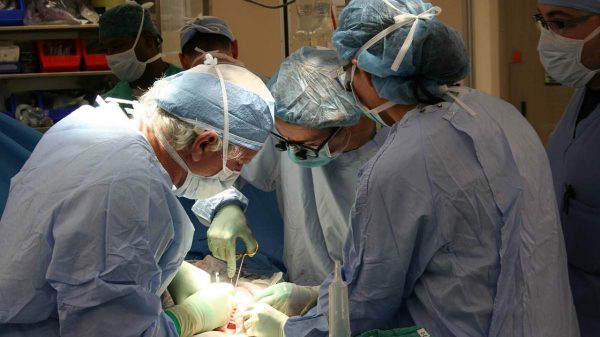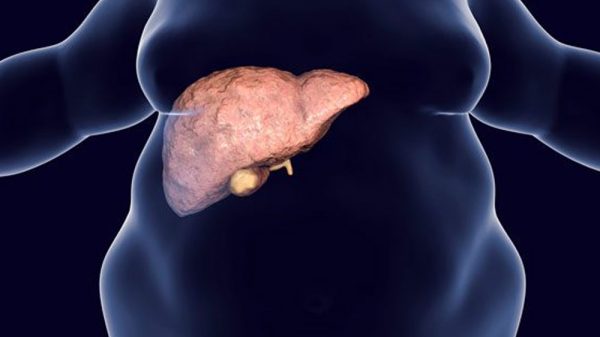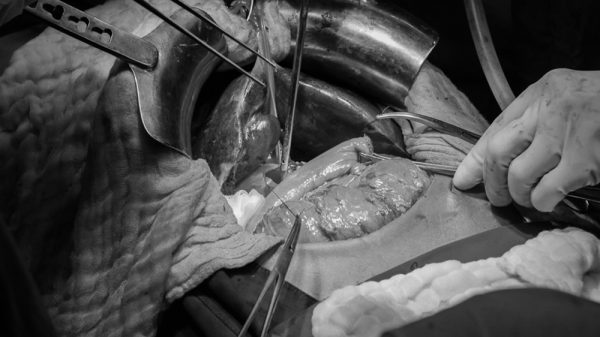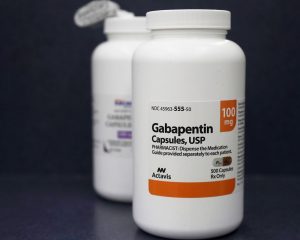Have you been diagnosed with jaundice? This condition affects about one-half of full-term babies but can also affect adults. It results from a buildup of a substance known as “bilirubin” that bile usually removes. There are various types of jaundice including prehepatic jaundice. It’s critical to know the symptoms, causes, treatments, and prevention of the disease. This can help to effectively deal with the condition that’s known for causing yellowish skin and eyes. For example, the term pre/post-hepatic refers to the body’s processing of bilirubin into a water-dissolvable substance. It’s all really technical but always involves bilirubin buildup in the blood.
Cirrhosis is a late-stage liver disease that involves severe tissue scarring. In the first stage, there’s minimum scarring. While it’s permanent the amount of scarring isn’t significant. However, the situation changes with later-stage cirrhosis. When liver cirrhosis patients progress to this stage there are different symptoms. They include ones like high blood pressure in the liver vein, confusion/lack of focus (HE), and liver cancer. These health complications can make it tougher to deal with cirrhosis, which is already late-stage liver disease. The key is to deal with symptoms related to liver disease and any complications it causes. It will help to result in the best results.
What Exactly Is Jaundice?
The most common symptoms of jaundice include yellowish skin and eyeballs. They result from a buildup of the bile pigment known as “bilirubin.” Bile usually rids the body of this substance. However, when people have conditions like tumors, gallstones, and hepatitis this results in jaundice.
Jaundice is quite common among infants and affects at least half of them. This is due to their bodies being unable to process wastes/toxins effectively. However, this condition can also affect adults.
When adults get jaundice it usually doesn’t require treatments. However, if it’s linked to major diseases like cirrhosis then it’s critical to treat the disease-causing symptoms and any complications they cause. For example, liver cirrhosis includes complications like jaundice in the later stages.
Let’s get to the nitty-gritty of the condition. Jaundice happens when skin cells and eyeballs turn yellowish. It results from a high level of the yellow/orange pigment known as “bilirubin.” When red blood cells (RBCs) break down these forms bilirubin.
A problem arises when the patient’s bile is unable to get rid of bilirubin in the blood. When that happens, it results in a buildup of the substance, which results in jaundice.
There are three kinds of jaundice that are related to how the body produces bilirubin. This helps to explain why there are different types including pre-hepatic jaundice. It’s related to the body converting bile into a substance that’s water-absorbed.
There are various causes of jaundice including:
- Blood cells destroyed/removed early
- Viruses like Hepatitis A/B/C
- Gallbladder stones
- Birth control pills
- Gallbladder swelling
- Genetic problems
- Pancreas tumor
- Prescription medicines
- Gallbladder stones
- Virus infections
- Immune system disorders
- Blood clots under the skin
- Heavy alcohol drinking
In some situations, there are no jaundice symptoms and a person could be diagnosed by accident. How severe the symptoms are based on various causes and how fast the disease develops.
What Exactly Is Pre hepatic Jaundice?
It’s important to note that there are different kinds of jaundice. The three main kinds are:
- Pre-hepatic
- Hepatic
- Post-hepatic
It’s important to note that these aren’t stages that go from pre to post hepatic jaundice. It simply shows whether jaundice takes place before/during/after the liver converts non-soluble bilirubin into soluble bilirubin.
These are the main kinds of jaundice among adults. However, about half of newborns experience a different kind of jaundice known as “neonatal” jaundice. This is due to young babies being unable to get rid of bilirubin effectively.
It’s important to diagnose the specific kind of jaundice a patient has including pre-hepatic. This can help to treat the specific condition better. For example, post-jaundice isn’t more severe than pre-jaundice. However, since they’re different types it’s important to treat the conditions differently.
General Jaundice
General jaundice involves yellowish skin/eyes due to high bilirubin amounts in the body. This is a body byproduct. In normal cases, the liver uses bile to get rid of bilirubin in the blood. Jaundice is usually diagnosed when a person has 1+ mg/deciliter.
Pre hepatic Jaundice
Meanwhile, pre-hepatic jaundice frequently involves RBCs and a higher breakdown rate. In the case, too many RBS either die or are replaced with new RBS this causes an imbalance of bilirubin. The main result is that the liver is unable to function properly.
This results in bilirubin staying in the bloodstream and triggering jaundice. Some of the most causes of pre-hepatic jaundice include parasitic illnesses (malaria), and sickle-cell anemia.
Next, in hepatic jaundice frequently happens when the liver is processing bilirubin. The liver cells don’t function properly or the liver is inflamed. This affects liver function.
Drug intake
Meanwhile, there’s post-hepatic jaundice. This involves the liver processing the liver properly and getting dissolved in water. However, because of blockage, it can’t move through the intestines. This causes bilirubin to stay in the liver.
Top Natural Jaundice Treatments
Lemon Essential Oil
Lemon is high in Vitamin C like other citrus fruits. This remedy requires a dozen drops of the essential oil and some carrier oil. Simply add the essential oil to carrier oil. You can go with different options like coconut oil.
After combining the two ingredients mix them well then add to the abdomen and a little over the liver area. Let the treatment sit until it’s totally absorbed. Make sure to follow this procedure once every day.
This is an effective treatment since lemon juice/oil can help to protect from liver injury. It’s high in antioxidants so it can boost liver health and treat jaundice as well.
Goat Milk
This treatment requires one cup of fresh goat milk. Make sure to drink the beverage once every day. This cow’s milk alternative is high in several nutrients that can benefit adults/infants. It can treat jaundice due to antibodies.
Rosemary Essential Oil
This remedy includes a few drops of rosemary essential oil and carrier oil. The carrier oil is used to dilute the essential oil and help to prevent skin irritation. This is especially critical for people with sensitive skin.
You should apply the mixture to the abdomen/liver then gently massage it. Let the mixture stay on the skin for a while so it’s absorbed. Make sure to follow this procedure daily until your skin condition improves.
This treatment works because rosemary oil can be very helpful for the liver. That’s because it can detoxify and protect the body. Thus, it’s a good option for dealing with jaundice since it often results from liver dysfunction.
Sugarcane Juice
You should drink this remedy 2x per day or until the condition improves. This treatment works by making the liver stronger. It’s a good remedy to treat jaundice. It can help to restore liver function and reduce bilirubin levels for prehepatic jaundice.























